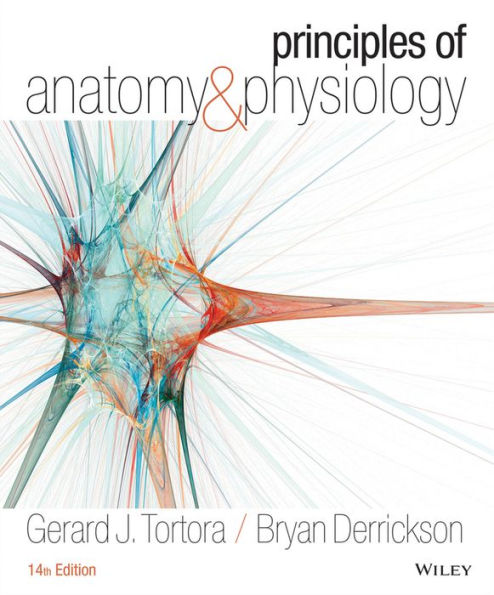5
1
9781118345009


Principles of Anatomy and Physiology / Edition 14 available in Hardcover

Principles of Anatomy and Physiology / Edition 14
- ISBN-10:
- 1118345002
- ISBN-13:
- 9781118345009
- Pub. Date:
- 12/31/2013
- Publisher:
- Wiley

Principles of Anatomy and Physiology / Edition 14
$295.75
Current price is , Original price is $295.75. You
$184.77
$81.23
295.75
Out Of Stock

From the B&N Reads Blog

